|
Perhaps you have recently seen photos of a ridiculously cute-looking animal on social media—an animal that always seems to be smiling. If so, it is probably a Quokka. This creature, which is a small species of wallaby-like marsupial, has gone from being relatively unknown to becoming a selfie superstar. I recently saw a few photos, and I simply had to feature it as an Awesome Animal. What the heck is a Quokka? The quokka (pronounced kwok-uh) is a macropod (the family that includes kangaroos, wallabies, wallaroos, tree kangaroos, and more). They are about the size of a domestic cat, and they live in far western Australia, including several islands, especially Rottnest Island. For whatever reason, quokkas seem to have almost no fear of humans. Because of their goofy "smiles," National Geographic has deemed quokkas to be the "world's happiest animal." Amazing facts about Quokkas The first person to describe quokkas was a Dutchman named Volkersen. He found many of them on an island off the west coast of Australia. In 1696 he described the creature as "a kind of rat as big as a common cat." Well, obviously they are not rats, but that did not stop Volkersen from naming the island Rotte Nest (which means rat's nest). Eventually, the island was permanently named Rottnest. The name quokka was given to the animal by the Aboriginal people of that area. Okay, we need to talk about this creature's face, which makes the quokka a contender for the cutest animal ever. As I'm sure you're aware, quokkas are not really smiling. This is simply the shape of the creature's mouth. And those prominent front teeth often contribute to the illusion of a smile. In 2015, someone visited Rottnest Island, took a selfie alongside a quokka, and posted it to social media. The image went viral, and before long, Quokka Selfies became a big deal. A REALLY big deal. If you do a Google Image search for "quokka selfies," you will find literally thousands of them. People travel to Rottnest Island just to take quokka selfies. Apparently, these photos are not difficult to take because the creatures don't mind having a big human sprawl in the grass beside them with a camera. It is illegal to touch quokkas, but that doesn't stop people from cozying up to them for photos. Quokkas are vegetarians. They primarily eat grasses, sedges, and leaves, but their favorite food is a small shrub native to Western Australia called Guichenotia ledifolia, a type of mallow. Humans are warned to not feed quokkas, and especially not human food, which can cause malnourishment and dehydration in quokkas. Rottnest Island in particular, and Australia in general, take this stuff seriously (as they should). On Rottnest Island, you will be fined $300 if you're caught feeding a quokka. You definitely don't want to get caught being cruel to them (or other animals in Australia). The maximum penalty for animal cruelty is a $50,000 fine and five years in prison. Here's another good reason not to touch quokkas... the quokkas on Rottnest Island bite dozens of people per year. Maybe they are getting tired of selfies. I feel the need to dispel a popular myth, that mother quokkas throw their babies at predators to escape being eaten. This idea started as a joke on social media, and since then it has become widely reported as fact. It is NOT true. However, there are some interesting facts that may have contributed to this. Quokkas are marsupials, so the mothers keep their babies in a pouch. When running away from a predator, sometimes these babies (unfortunately) fall out of the pouch. The mother keeps running, leaving the baby behind. This can also happen with other marsupials. Here's the strange part. Studies have shown that, in quokkas, the mothers may drop the babies on purpose. When their lives are in danger from a pursuing predator, they can release their pouch muscles, causing the baby to fall out. The baby then distracts the predator, allowing the mother to escape. It's kind of like when a lizard loses its tail. The tail wriggles around, distracting the predator, allowing the lizard to escape. Yeah, I suppose you're thinking quokkas will never get the mother-of-the-year award, but consider this. If the predator catches the mother, it will kill both the mother and the baby. If the mother escapes, she is already proven to be reproductively fertile and will likely have more babies. Yeah, the mathematics of this makes sense, but I'm sure many people still find it strange. Let's talk about these babies a bit more (I don't want you to be mad at quokkas for dropping their babies). Quokkas give birth to one baby only 27 days after mating. Remember, these creatures are marsupials, so the babies are born very small, the size of a jelly bean. The tiny joey climbs from the birth canal to the pouch using its "hands." Then it stays in the pouch for about six months. Now, this is really cool... the mother will have several other babies in her womb in a suspended state of development, ready to develop if something bad happens to the baby that was already born. These embryos are back-ups, just in case. By the way. The fact that the mothers eject their babies when frightened is a really good reason why people should not harass these creatures! Here's an odd tidbit of information. The relatively large population of quokkas on Rottnest Island have criminals to thank for their abundance. Why? In the late 1830s the island was designated as an Aboriginal penal colony. This kept most people away from the island, which meant that the habitat there remained undisturbed for a long time. So, Quokkas deserve a place in the B.C.A.H.O.F. (Blue-Chip Animal Hall of Fame). FUN FACT: The phrase blue-chip was first recorded in 1923. The term was used by a guy named Oliver Gingold, an employee at Dow Jones. He was describing certain stocks trading at $200 or more per share. He got this from poker, in which the blue chips were worth more than the red and white chips. Eventually, blue chip no longer meant stocks with a high price tag, but instead it referred to stocks of high-quality companies. And, as often happens, people started using the term in a broader sense, to describe people that had excellent qualities, such as a blue-chip athlete, or a blue-chip scientist. So, blue-chip is another way to say awesome! Photo Credits:
Quokka #1 - Tourism Australia Quokka showing teeth - Suzana Paravac/@CruzySuzy/Instagram Quokka selfie - Twitter Quokka with baby - EverywhereWild Quokka eating leaf - All That's Interesting
0 Comments
Some animals, like the orangutan, are so obviously awesome that I never think to do a feature about them. Well, I happened to see a photo of an orangutan the other day, and I decided it's time for this creature to have its day in the spotlight. What the heck is an Orangutan? There are actually three species of orangutans, the Bornean orangutan, the Sumatran orangutan, and the Tapanuli orangutan. They are members of the Great Apes family, called Hominidae. This family, the Hominids, also includes gorillas, chimpanzees, bonobos, and humans. Orangutans currently live only in the rainforests of Sumatra and Bornea in Southeast Asia. Amazing facts about Orangutans First let's figure out exactly where Sumatra and Borneo are. These are two very large islands in Indonesia. Sumatra is the sixth largest island in the world, and Borneo is the third largest island (in case you're wondering, the largest island in the world is Greenland, the second largest is New Guinea). Here's where Sumatra and Borneo are: Orangutans are sexually dimorphic, which means the males and females are very different in ways beyond just their sexual organs. Male orangutans are much larger than females. The males average 165 pounds (75 kg), while the females average only 82 pounds (37 kg). The orangutan is one of the closest relatives to humans—these creatures share about 97% of the same DNA with us. In fact, the word orangutan came from the Malay words orang hutan, which means "human of the forest." Orangutans have longer arms than humans, but shorter legs. A typical male orangutan has an arm span of about 6.6 feet (2 m), which is longer than an orangutan's standing height (about 5 feet). Check out the arms on this male: As you can probably guess from the length of those crazy arms, orangutans spend much of their time climbing in trees. In fact, they spend over 95% of their time in trees. They even make nests of branches and leaves and sleep high in the trees. They eat, sleep, and travel in the rainforest canopy. They travel in the trees? Wouldn't it be easier to just come down to the ground and travel? It would be for you and me, but orangutans are highly skilled at moving through the branches using both their feet and their hands, a process called quadrumanous scrambling. I love that phrase... quadrumanous scrambling. To help them with this quadrumanous scrambling, orangutans have some cool adaptations. First, the muscles and tendons in their hands are arranged so that their hands are in the hooked position when at rest. This allows them to hold on to a branch without expending much effort in keeping their grip. Second, they have long fingers, but the thumb is really short. This gets the thumb out of the way so that their fingers can wrap all the way around a smaller branch and tuck between the branch and the palm, thus locking the grip. Third, their feet have long toes and an opposable thumb, so that they can also grip branches with their feet. Check out this video of climbing orangutans. Notice the size and position of the orangutan's thumb: Orangutans also have extremely flexible shoulder and hip joints, allowing them to hang in almost any position. They can even do cool things like put their feet behind their heads. Orangutans are strong. Most of their strength is in their arms. Here's why. Think about it—human strength is mostly in our lower torso and legs. That's because we are adapted for walking and running long distances. Well, orangutans are adapted for quadrumanous scrambling! They need to travel long distances using their arms (and legs, although in a way that is different from walking). How strong are they? Well, an average, untrained human can leg press about 200% of his/her body weight, which makes our legs about 120% stronger than our arms. But an orangutan's arms are about 300% stronger than its legs. An average orangutan's arms are about 6 times stronger than an average human's arms. I do not recommend challenging an orangutan to an arm wrestling match. I'm not fond of using animals for such spectacles, and the premise of this is ridiculous, but here is a video of a tug-of-war between an orangutan and a sumo wrestler. Orangutans used to live throughout most of Asia, including as far north as China. Deforestation and the spread of humans have caused their range to shrink to only Sumatra and Borneo. Unfortunately, even these islands are rapidly losing their rainforest habitat suitable for orangutans. In Sumatra, there were about 12,000 orangutans in 1993, but now there are only 3,500. In Borneo, there are less than 35,000. That's all that remains of an amazing group of apes. When they're gone, they'll be gone forever. Among the extinct species of orangutan is one with the name of Gigantopithecus blacki. This was the largest ape that ever lived (that we know of). Based on finds that only include jaws and teeth, scientists have concluded that these orangutans weighed as much as 660 pounds (300 kg). Female orangutans are terrific (and patient) parents. They give birth only about once every eight years (they live over thirty years). Why only once per eight years? Because they are usually busy raising the previous offspring. The young orangutan will stay with its mother constantly as she cares for it and teaches it all the necessary skills to survive. This usually takes six to seven years! One of the main skills the mother teaches is how to build a proper sleeping nest, which orangutans do almost every evening. It usually takes three years for the young orangutans to master this skill! As you probably know, orangutans are intelligent, among the most intelligent of nonhuman creatures. Orangutans can learn sign language, and there is even evidence that they quickly learn to make new sounds for vocal communication. They have voluntary control over vocal fold oscillation, an ability that is essential for humans to be able to speak. Orangutans use tools such as sticks to extract insects from tree crevices, and sticks for extracting seeds from fruits. The tools they use vary from one population to another, which means that tool use is cultural. They even use tools in vocal communication. For example, they roll up large leaves and use them like a megaphone to amplify the kiss-squeak sounds they like to make. It is thought that they enjoy doing this because it tricks the listener into thinking they are larger than they really are. I'll wrap this up with a photo of an orangutan with extraordinarily long hair. So, Orangutans deserve a place in the N.A.H.O.F. (Nifty Animal Hall of Fame). FUN FACT: The word nifty originated in the 1800s. It may have started as theatrical slang. It was first seen in print in 1868, in a poem by Bret Harte, who said the word was derived from the word Magnificat (the actual title of the Song of Mary, a traditional song of praise). Nifty is an adjective meaning "very attractive or appealing" (as in, "a nifty new hat for Easter"). Or it can mean "very interesting or clever" (as in, "a nifty idea"). It can also mean "substantial, sizable" (as in, "I sold the car for a nifty profit"). So, nifty is another way to say awesome! Photo Credits:
Orangutan with young #1 - Wanderlust Orangutan arms and legs (photo #2) - Depositphotos Stock Photos Orangutan hand - Depositphotos Stock Photos Orangutan mother with young - Depositphotos Stock Photos Orangutan with long hair - By David Arvidsson - via Wikimedia Commons I consider some creatures to be Awesome Animals simply because they are amazingly beautiful. Glasswing butterflies are a great example. As it turns out, though, these insects have plenty of other fascinating characteristics besides their beauty. What the heck is a Glasswing Butterfly? Glasswing butterflies include about 370 species in a subfamily called Danainae. These butterflies live throughout Central and South America. They are called glasswing because at least part of their wings are transparent, like glass. Amazing facts about Glasswing Butterflies Let's talk about those crazy transparent wings, including the how and the why. How. Here is an oversimplified statement: they are transparent because they don't reflect very much light. Instead of being reflected, light passes right through them (including infrared, visible light, and ultraviolet). As you probably know, the colors of other butterfly wings are due to the light being reflected and scattered in certain ways by the tiny structures on the wing surface. Well, the nanostructure of glasswing butterfly wings is different. Instead of having orderly rows of microscopic structures, these butterfly wings have randomly-scattered pillars, each pillar 50 to 100 times thinner than a human hair. Not only are these pillars randomly scattered, they are also of different heights and thicknesses. All of this randomness has the effect of redirecting the light through the wings instead of reflecting it. See these random pillars below. Amazingly, these wing surfaces are much less reflective than glass, and scientists are studying them to help develop less reflective coverings for screens. You know... such as the screen you are looking at right now as you read this text. Not only that, but these surfaces are extremely water repellant. This is important to the butterflies because, if raindrops stick to their wings, the weight of the water will keep them from flying. As if that weren't cool enough, the wing surfaces are self cleaning. So, glasswing butterflies might help us develop screens that can be viewed even in direct sunlight, and repel water, and are self cleaning! Now let's look at why they have transparent wings. The main predators of glasswing butterflies are birds. Birds typically catch butterflies in mid-flight, but these clear wings make it extremely difficult to track the butterflies' movements during flight. This kind of camouflage—transparency—is extremely rare in nature, making these butterflies pretty darn special. But that's not the only defense these insects have against predators. Here's one that's REALLY cool. Glasswing butterflies give their mates a very special nuptial gift—poison. You read that correctly. Poison. Here's how it works. Male glasswing butterflies have a super-duper sense of smell. Why? So that they can locate certain flowers called asters. These particular asters are special because they contain seriously-lethal poisons called pyrrolizidine alkaloids. So, the males gobble up these poisons and store them in their body. This makes the male butterfly really nasty-tasting and toxic to predators. Then, when the male finds a suitable female, he offers these poisons as a gift. That's a romantic way of saying that the toxic nectar from the flowers is converted to pheromones that attract the females. Not only that, but the toxins are concentrated in the male's body in a spermatophore (a package containing sperm), which is transferred to the female if she finds the male attractive. This poison goes into the female's body and makes her nasty-tasting and toxic to predators. What a generous gift. It doesn't end there! The sperm cells in the spermatophore fertilize the female's eggs, and the toxin even makes the eggs nasty-tasting and toxic to predators. And... guess where the females lay their eggs... they lay them on those same types of aster plants. So, when the larvae hatch out, they consume the plant so that they become caterpillars that are nasty-tasting and toxic to predators. The bottom line... glasswing butterflies are pretty to look at, but don't eat them. Also, female glasswing butterflies consider an offering pf poison to be very romantic. Check out this video about glasswing butterflies giving the nuptial gift of poison Here's another fascinating aspect of glasswing butterfly mating behavior. The males take part in a behavior called lekking. This is kind of like a buffet for females, a place for one-stop shopping for a suitable male. The males congregate together in one area, then each of them establishes his own little territory within that area—a territory he defends aggressively from the other males. With numerous males concentrated in one small area, when they all release their love pheromones, the concentrated pheromones attract females from great distances. The females converge on the lekking area and shop around, choosing a male based upon the quality of his little territory. So, Glasswing Butterflies deserve a place in the D.A.H.O.F. (Devine Animal Hall of Fame). FUN FACT: The word devine originated sometime between 1275 and 1325. Originally it meant "godlike; characteristic of or befitting a deity." It came from the Latin divus, "of or belonging to a god, inspired, prophetic." As with many such words, it gradually developed a broader meaning, and by the late 1400s it was being used to mean "excellent in the highest degree, heavenly." In that sense, it is still in use today. So, divine is another way to say awesome! Photo Credits:
Glasswing butterfly #1 - David Tiller, Wikimedia Commons Microscope view of wing structure - Radwanul Hasan Siddique via Newatlas Glasswing butterfly on red flowers - Scott Wilie, Wikimedia Commons Glasswing butterfly on yellow flowers - Reiman Gardens Glasswing butterflies mating - EcoQueenFaye |
Stan's Cogitations
Everyone needs a creative outlet. That's why I write. Archives
July 2024
|

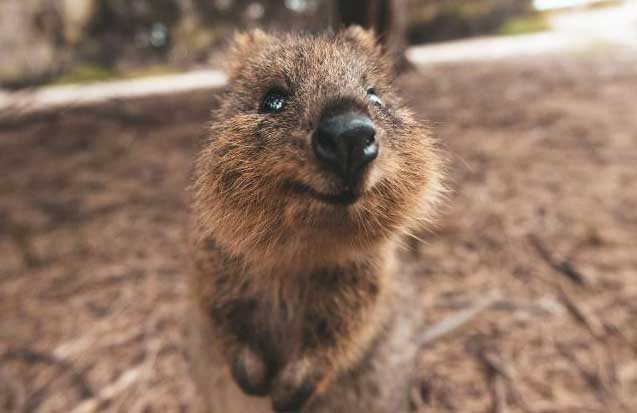
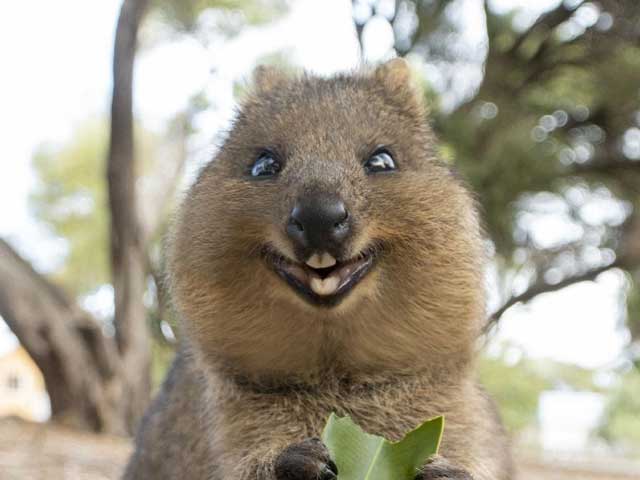
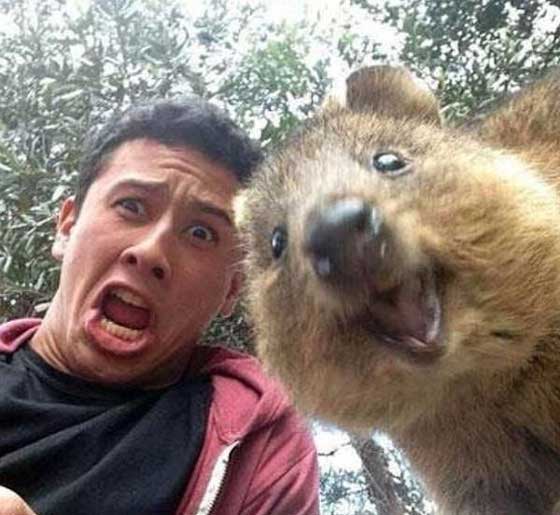
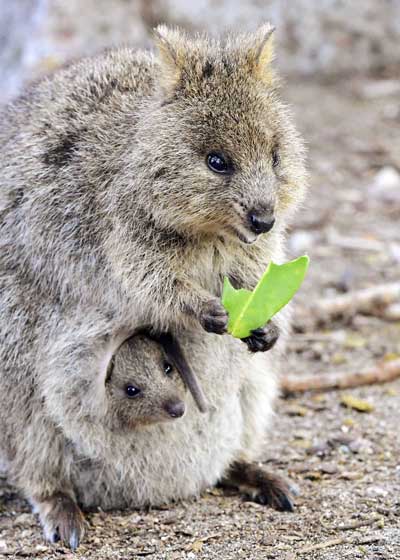
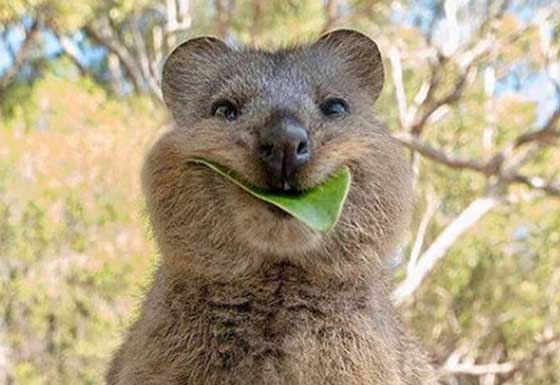


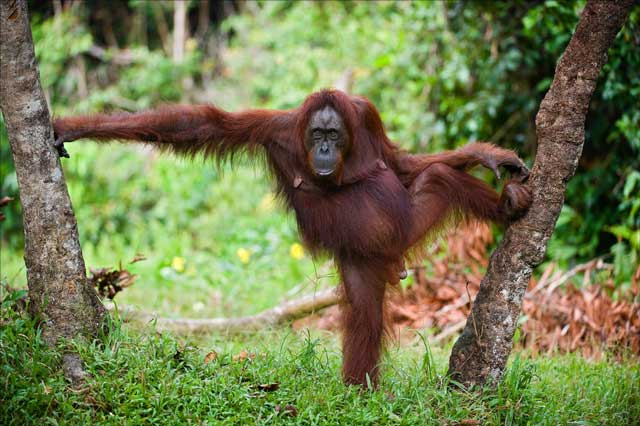

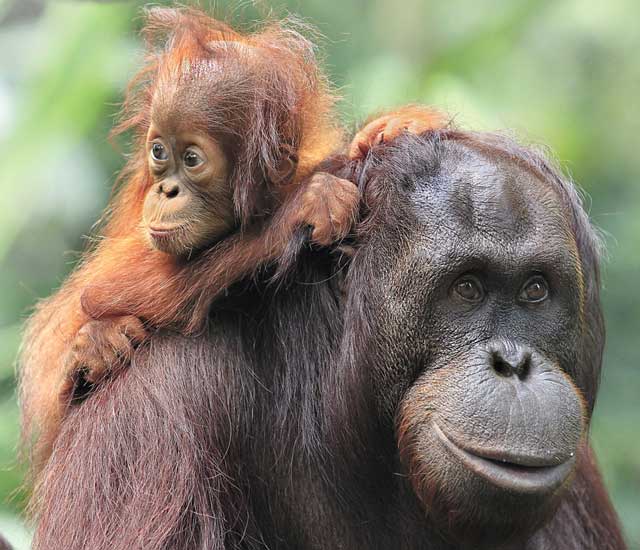
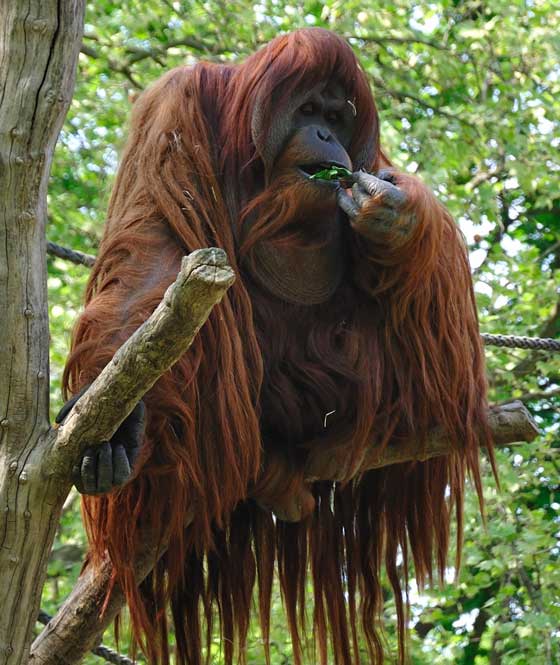
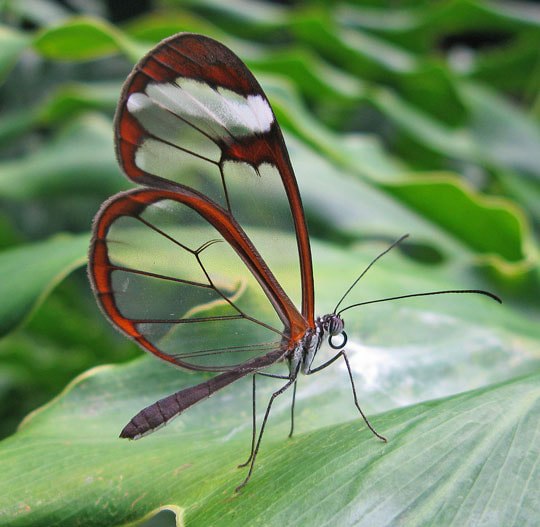
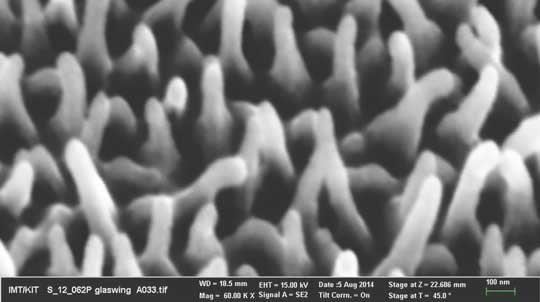
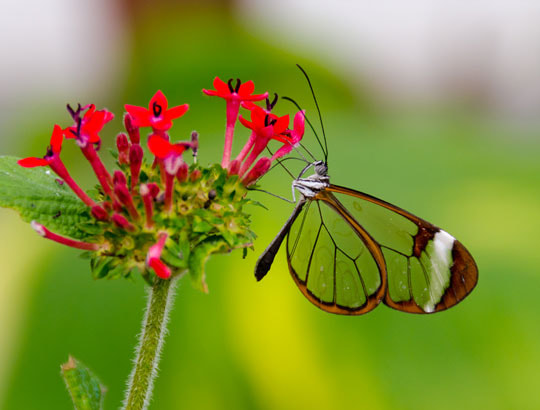
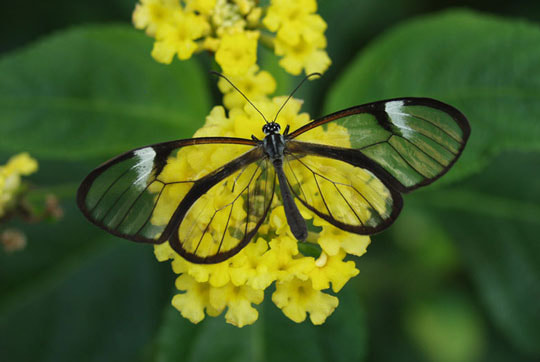

 RSS Feed
RSS Feed